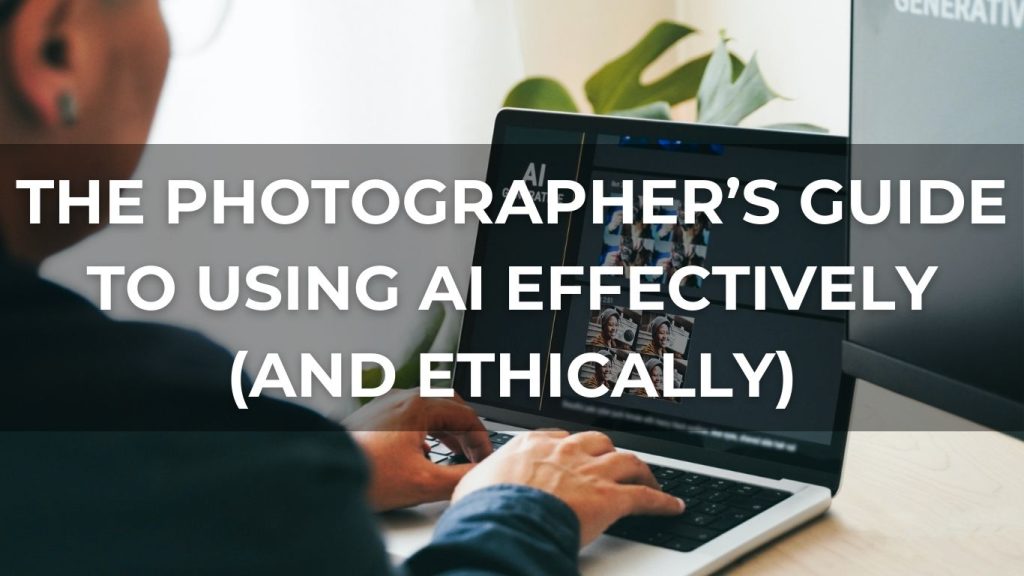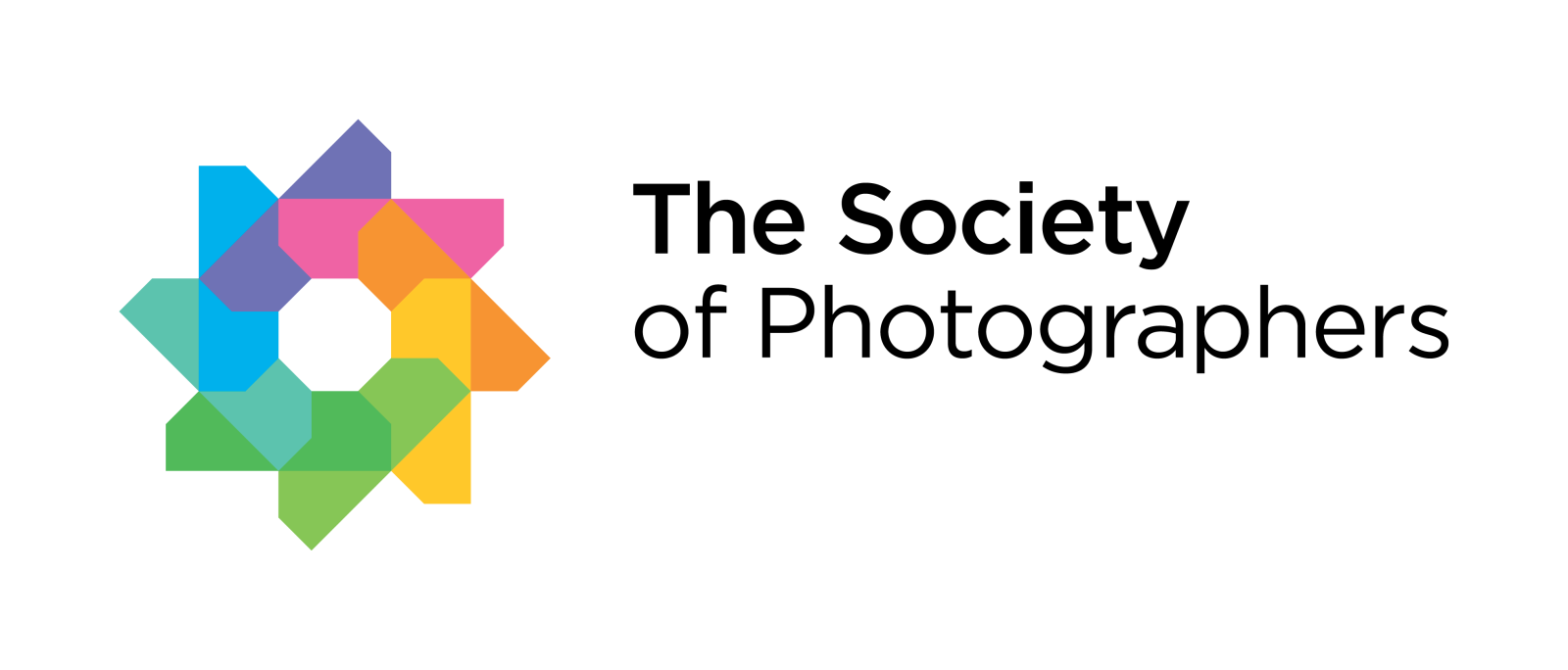The Photographer’s Guide to Using AI Effectively (and Ethically)

Artificial Intelligence (AI) is transforming creative industries, and photography is no exception. From speeding up editing workflows to improving client communication, AI tools can give photographers an edge in today’s competitive market. But with new opportunities come new questions — how do you use AI without losing authenticity? How do you make sure it benefits your clients rather than misleads them?
This guide explores practical, ethical, and effective ways photographers can harness AI to save time, boost creativity, and grow their business — without compromising trust or artistic integrity.
What is AI in Photography?
AI in photography refers to software and tools that use machine learning to automate or enhance aspects of the photographic process. This can range from simple editing aids (like noise reduction and skin retouching) to more advanced applications such as image culling, background replacement, and even generative design tools.
It’s important to distinguish between AI-assisted editing (where the photographer remains in control of the creative process) and AI-generated images (where the AI creates content from scratch). For professional photographers, the focus should be on the first — using AI to enhance, not replace, your craft.
Why Should Photographers Use AI?
AI is not about replacing photographers — it’s about working smarter. The benefits include:
- Time-saving: Automate repetitive tasks such as culling and basic retouching.
- Consistency: Ensure a uniform look across large batches of images.
- Business growth: Improve marketing, SEO, and client engagement with AI-powered tools.
- Creative support: Generate mood boards or visual previews to help communicate ideas to clients.
By leveraging AI, photographers can focus more on what truly matters: capturing moments, telling stories, and building relationships with clients.
Practical Ways to Use AI in Your Photography Business
1. Streamline Workflow & Editing
- Culling & Sorting: Tools like AfterShoot or Narrative Select can quickly identify sharp, well-composed shots, reducing hours of manual sorting.
- Smart Retouching: AI can remove blemishes, smooth skin, and balance tones while keeping edits natural. (Software such as Evoto AI, PortraitPro, Retouch4me or Luminar Neo are popular options.)
- Noise Reduction & Upscaling: Rescue low-light images with AI-powered sharpening and denoising, helping you deliver quality even in tricky conditions.
2. Boost Marketing & Business Growth
- Content Creation: Use AI writing tools to draft blogs, captions, and email newsletters, then personalise them with your voice and examples from your work.
- SEO Optimisation: AI can help suggest keywords, write meta descriptions, and analyse your website for better search rankings.
- Client Communication: Chatbots and automated email responders ensure potential clients get fast answers to FAQs, freeing you to focus on shoots.
3. Enhance Client Experience
- Personalised Previews: AI tools can create mock-ups showing how images will look framed, in albums, or as wall art — helping boost product sales.
- Background Clean-ups: Swap or tidy up distracting elements, especially useful for product photography.
- Mood Boards & Shoot Planning: Generate visual concepts to share ideas with clients and align expectations before a shoot.
The Ethical Side of AI in Photography
With great technology comes responsibility. Photographers should:
- Be Transparent: Let clients know when AI has been used in editing, particularly if it changes backgrounds or aesthetics.
- Avoid Fabrication: Never use AI to add people, alter events, or misrepresent reality (especially in wedding and documentary photography).
- Protect Client Data: Only use secure, GDPR-compliant platforms to avoid risking client privacy.
- Keep the Human Touch: Remember, clients hire you for your vision and storytelling. AI should assist, not dominate.
The Future of AI in Photography
AI will only become more integrated in cameras and editing suites, offering faster workflows and smarter automation. But while the technology continues to evolve, one thing remains constant: photography is about connection, creativity, and storytelling. AI may speed up the process, but it’s the photographer who makes the images meaningful.
Conclusion
AI is here to stay, and photographers who embrace it thoughtfully can save time, deliver more value to clients, and grow their businesses. The key is to use AI effectively, transparently, and ethically — always keeping creativity and trust at the forefront.
Want to keep ahead of the latest trends in photography?
Experience The Society of Photographers Professional Membership for just £12.50/month. Enjoy exclusive benefits like competitions, discounts, mentoring, and more.
Join today >>> https://thesocieties.net/join/









